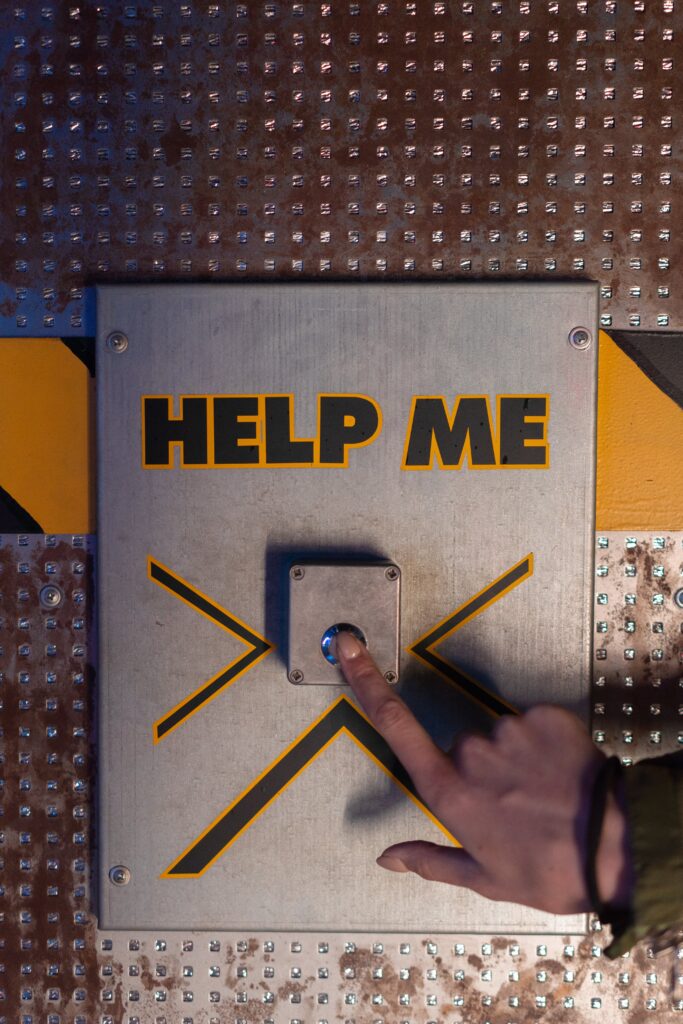In the landscape of personal finance, emergency preparedness is akin to building a life raft. While we hope never to use it, its presence is a critical safety measure. For the self-employed, a Solo 401k is often synonymous with retirement planning.
However, in times of financial crisis, it can also play a vital role. This article will unravel the importance of having an emergency fund and how your Solo 401k can be integrated into your broader crisis management strategy.
An emergency fund acts as a buffer, protecting you from having to dip into long-term savings or retirement accounts. But what happens when a crisis exceeds these reserves?
Here, a Solo 401k can offer additional support. With its unique loan provisions and withdrawal options, it provides a safety net in dire circumstances without derailing your retirement goals.
As we explore the functionalities and strategic use of Solo 401k in emergency scenarios, we will offer actionable advice on maintaining financial stability, even when the unforeseen strikes. From how much to save for emergencies to the nuances of tapping into your Solo 401k without compromising its primary purpose, this guide will equip you with the knowledge to fortify your financial defenses.
Understanding the Importance of Emergency Funds
Before delving into the specifics of how a Solo 401k can aid in emergencies, it’s crucial to understand why an emergency fund is an indispensable component of personal finance.
An emergency fund is a readily accessible source of assets designed to help individuals manage unexpected financial dilemmas such as illness, job loss, or significant home repairs. Financial advisors often recommend that an emergency fund contain enough money to cover three to six months of living expenses.
Emergency Fund vs. Retirement Savings
It’s important to distinguish between emergency savings and retirement funds. Emergency funds are for immediate access, while retirement savings, like a Solo 401k, are designed for long-term growth and are subject to specific tax rules and penalties for early withdrawal.
Solo 401k: A Secondary Line of Defense

While the primary role of a Solo 401k is for retirement, it can also serve as a secondary line of defense during financial emergencies. Understanding its potential use in a crisis is critical for comprehensive financial planning.
Loan Provisions in Solo 401k
One of the unique features of a Solo 401k is the ability to take out a loan against your retirement savings. This can provide quick access to funds without an early withdrawal penalty, allowing you to address immediate financial needs while preserving the integrity of your retirement plan.
Withdrawal Options and Implications
In certain situations, you may consider taking a hardship withdrawal from your Solo 401k. While this can offer relief, it’s important to understand the tax implications and penalties involved. Such decisions should be weighed carefully against the urgency of your financial needs.
Building an Effective Emergency Fund
Creating an effective emergency fund is more than just setting aside money – it’s about strategic accumulation and management of funds to ensure they’re available when you need them most.
The first step in creating an emergency fund is to set a target amount based on your monthly expenses and then devise a plan to reach that goal. This might include setting aside a portion of your income regularly, reducing discretionary spending, or consolidating debt to free up more cash flow.
It’s crucial to keep your emergency fund in a liquid account, such as a high-yield savings account, where it can earn interest yet remain easily accessible. Regularly review and adjust your emergency fund’s size as your financial situation evolves, ensuring it remains adequate to cover any unforeseen expenses.
Balancing Emergency Savings with Solo 401k Contributions
Maintaining the right balance between building an emergency fund and contributing to your Solo 401k is essential for holistic financial health.
Prioritizing Between Savings and Retirement
It can be challenging to decide how much to contribute to an emergency fund versus a Solo 401k. A good rule of thumb is to prioritize the emergency fund until it reaches a comfortable level that can cover several months of expenses before ramping up retirement contributions.
Synchronizing Savings Goals
Once your emergency fund is established, synchronize your savings goals to ensure that both your immediate and long-term needs are being addressed. This might involve contributing to your emergency fund and Solo 401k concurrently or adjusting contributions based on changing financial circumstances.
The Solo 401k in Action During Emergencies
When a financial crisis hits, having a plan for how you can utilize your Solo 401k without undermining your retirement can be a lifesaver.
It’s important to set criteria for when it’s appropriate to tap into your Solo 401k. This might include situations where your emergency fund is depleted, or the cost exceeds what’s available, and where other sources of credit or liquidity aren’t preferable.
If you decide to take a loan from your Solo 401k, create a repayment plan to replenish your retirement savings promptly. For withdrawals, consider the tax implications and seek ways to minimize penalties, possibly by exploring penalty-free withdrawal options that certain emergencies may qualify for.
Tax Considerations and Impact on Solo 401k

Understanding the tax implications when using a Solo 401k for emergencies ensures that you make informed decisions that won’t lead to unexpected financial burdens later on.
Hardship withdrawals from a Solo 401k are subject to income taxes and possibly a 10% early withdrawal penalty if you’re under 59½. To mitigate this, it’s worth exploring if your situation qualifies for any of the IRS exceptions to the penalty.
When you repay a Solo 401k loan, you’re doing so with after-tax dollars, and the interest you pay back into your account also grows tax-deferred. This can be beneficial compared to taking a taxable distribution, as it preserves more of your retirement fund’s tax-advantaged status.
Long-Term Effects on Retirement Planning
Utilizing your Solo 401k during emergencies can have long-term effects on your retirement planning. It’s imperative to assess these impacts and make adjustments to your retirement strategy accordingly.
If you take a loan or withdraw from your Solo 401k, consider how this will affect your retirement timeline and whether you’ll need to adjust your contribution levels or retirement age to stay on track with your goals.
Revising Retirement Goals Post-Emergency
After an emergency, revisit your retirement plan to account for any distributions or changes in your financial situation. This may involve increasing future contributions, adjusting your investment strategy, or possibly delaying retirement to rebuild your savings.
Wrap Up
In summary, while the primary purpose of a Solo 401k is to secure your financial future, it can also serve as a formidable ally in times of crisis. By setting clear guidelines for when and how to use your Solo 401k in emergencies, you maintain both immediate financial stability and long-term retirement security.
Remember, emergencies can test your financial resilience, but with a well-structured emergency fund and a Solo 401k plan in place, you’re better equipped to handle whatever comes your way.
As you move forward, keep in mind the importance of regular reviews and updates to your emergency and retirement plans. Circumstances change, and your strategies should evolve, too. And, if you’re uncertain about the best course of action during a financial crisis, don’t hesitate to seek guidance from financial experts. With the right preparation and knowledge, your Solo 401k can be both a shield in the present and a beacon for the future.






One Response
Hello my friend! I wish to say that this post is amazing, great
written and come with approximately all important infos. I would
like to look more posts like this .